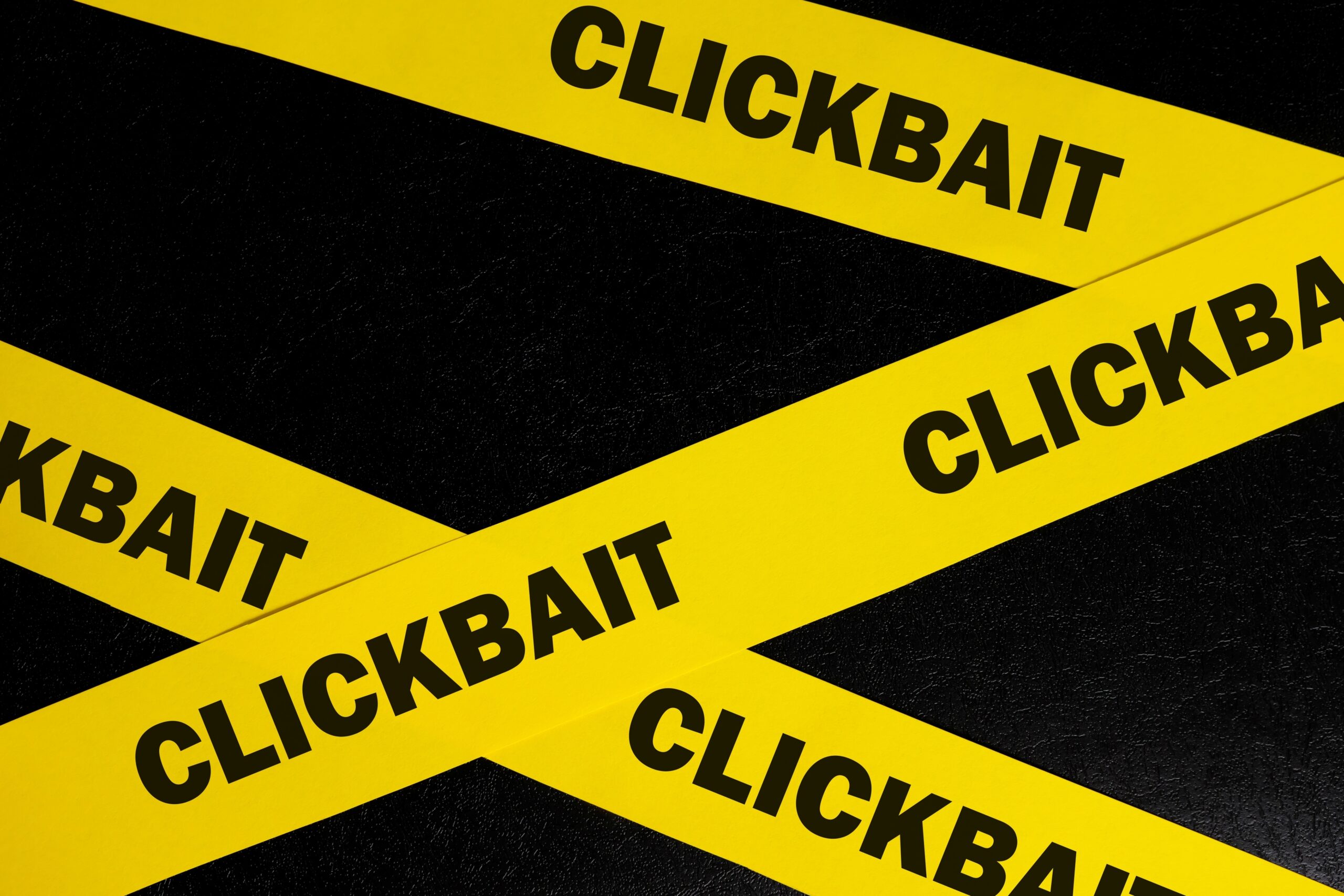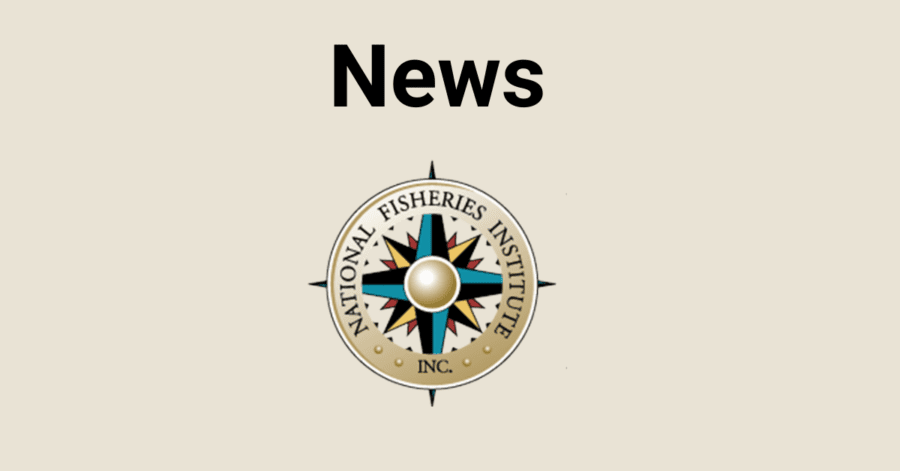Patagonia’s Seafood Sustainability Misses the Boat
In May of 2019, the Patagonia clothing company launched a marketing effort masquerading as an eco-campaign and they’re back at it again. People know they sell fleeces. But few know they also sell fish. Its niche salmon may be a decent product. While the company sells $700 parkas, Patagonia’s seafood sustainability almost completely misses the boat.
Wild salmon should be celebrated for its unique flavor. But attacking science-based hatcheries or well-managed aquaculture operations in the process ignores global food security needs and some of the best-managed fish stocks on the planet.
Patagonia’s Panacea?
According to the sweater maker, curtailing or closing fisheries that utilize hatcheries and shutting down aquaculture efforts is an on-ramp on the road to panacea. And perhaps it is if that road leads only to the waters frequented by fly-fishing, Patagonia-wearing sports men and women. Because without advanced hatcheries and well-run aquaculture efforts many fisheries in pristine places like Alaska would effectively shut down. Starving consumers of healthy protein and putting whole communities out of work.
Sustainability Science
Scientists and experts who understand seafood sustainability know farmed and wild fish can co-exist. There’s room in the market and a vital need for both. Campaigns that promote efforts to take wild fish only from small, targeted spots are perfect for a company whose clientele don’t mind paying $300 for a hoodie …. but it is not sustainable nor will it feed the world.
The simple fact is, we can’t take more fish from wild-capture fisheries to meet the increasing demand for seafood. Science-based restrictions are designed to ensure the sustainability of those stocks. We need hatcheries and aquaculture to feed the planet. The UN Food and Agriculture Organization estimates as many as 3 billion people rely on wild-caught and farmed seafood as their primary source of protein. According to the National Oceanic and Atmospheric Administration, “globally, aquaculture supplies more than 50 percent of all seafood produced for human consumption—and that percentage will continue to rise.”
Marketing a Myth
Trafficking in hyperbole to market an exclusive product to affluent customers, so they feel like they’re part of the solution, is not crusading for sustainability it’s marketing a myth.


